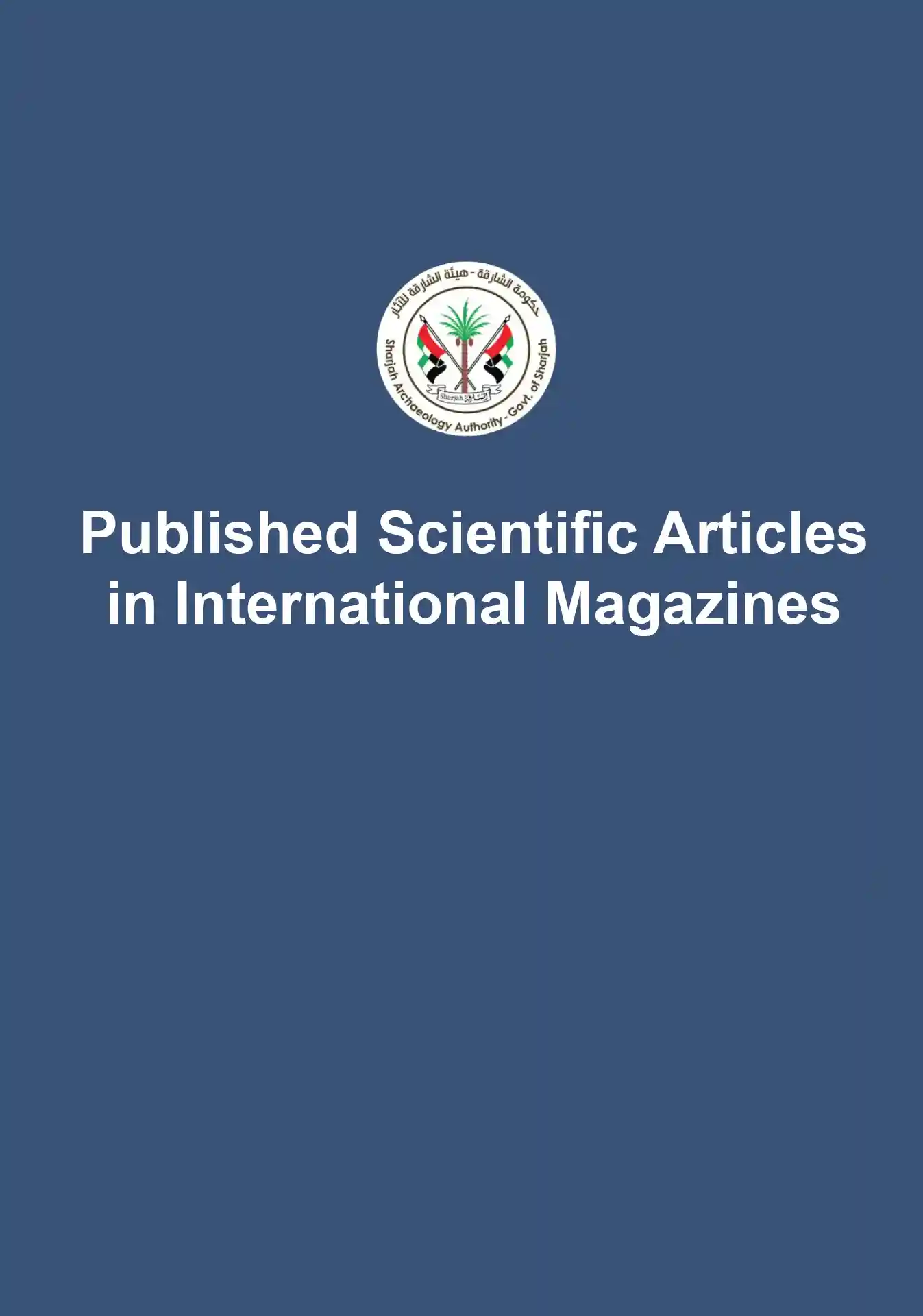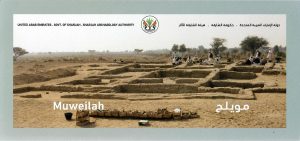Published Date : 2015
Auther : Tracey Cian
Publisher : UCL Qatar
Available Languages -
This document presents a research proposal on the significance of snakes in the religious beliefs of Iron Age southeastern Arabia. The author intends to investigate whether the prevalence of snake iconography in the region points to a local cultic tradition or reflects influences from surrounding areas.
The research will involve a comprehensive review of existing literature, including archaeological reports, historical texts, and studies on religious iconography in the Near East. The author will also analyze specific case studies of archaeological sites in southeastern Arabia, such as Masāfī, Bithnah, al-Qusais, Sārūq al-Hadīd, and Salut, where snake imagery is prominently featured.
By comparing the archaeological evidence from southeastern Arabia with similar findings from Mesopotamia, the Levant, Iran, and other parts of the Arabian Peninsula, the author aims to identify potential connections or differences in snake symbolism and cultic practices.
The ultimate goal of the research is to determine whether the snake imagery in southeastern Arabia represents a unique local tradition or part of a broader religious phenomenon shared across the region.
Snake cults in Iron Age south eastern Arabia. A consideration on autochthonous developments and possible connections with other Middle Eastern traditions
Published Date :
Auther : Tracey Cian
Publisher : UCL Qatar
Available Languages -
This document presents a research proposal on the significance of snakes in the religious beliefs ...


